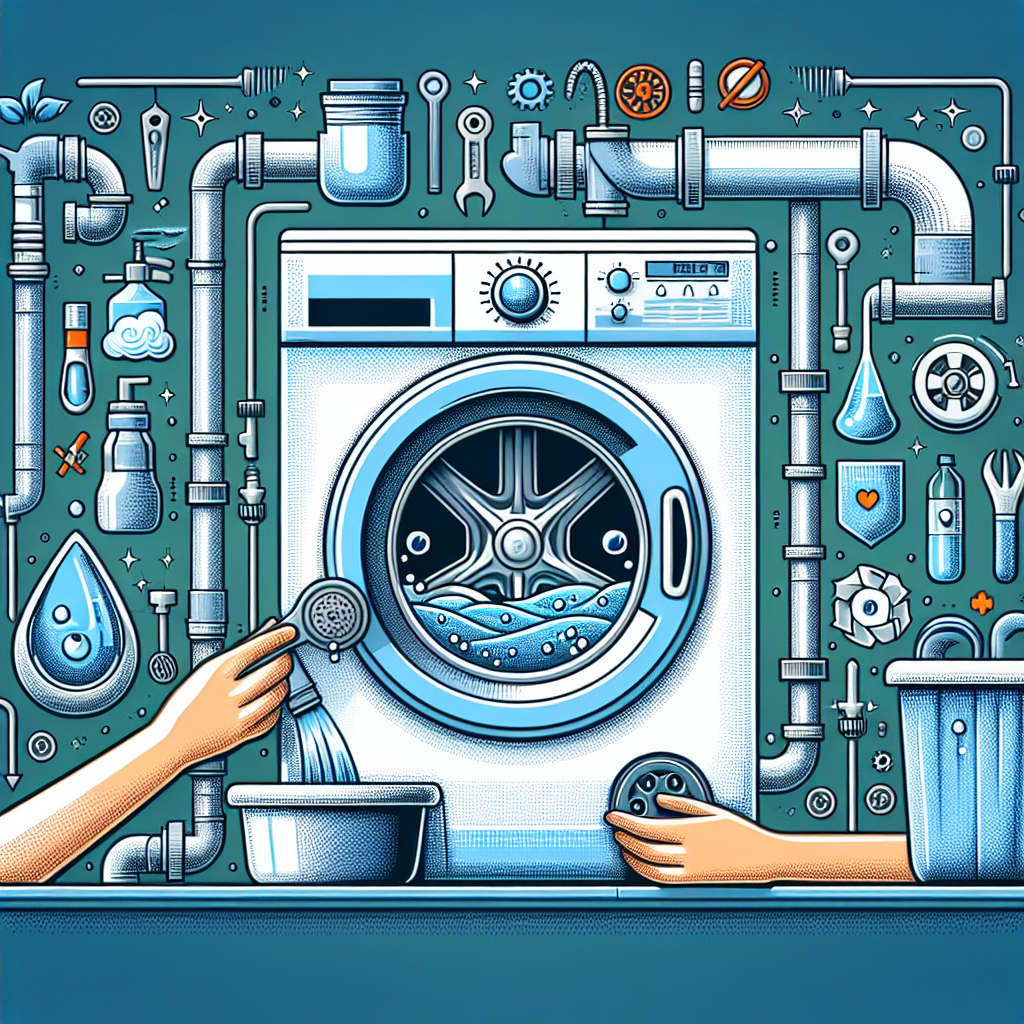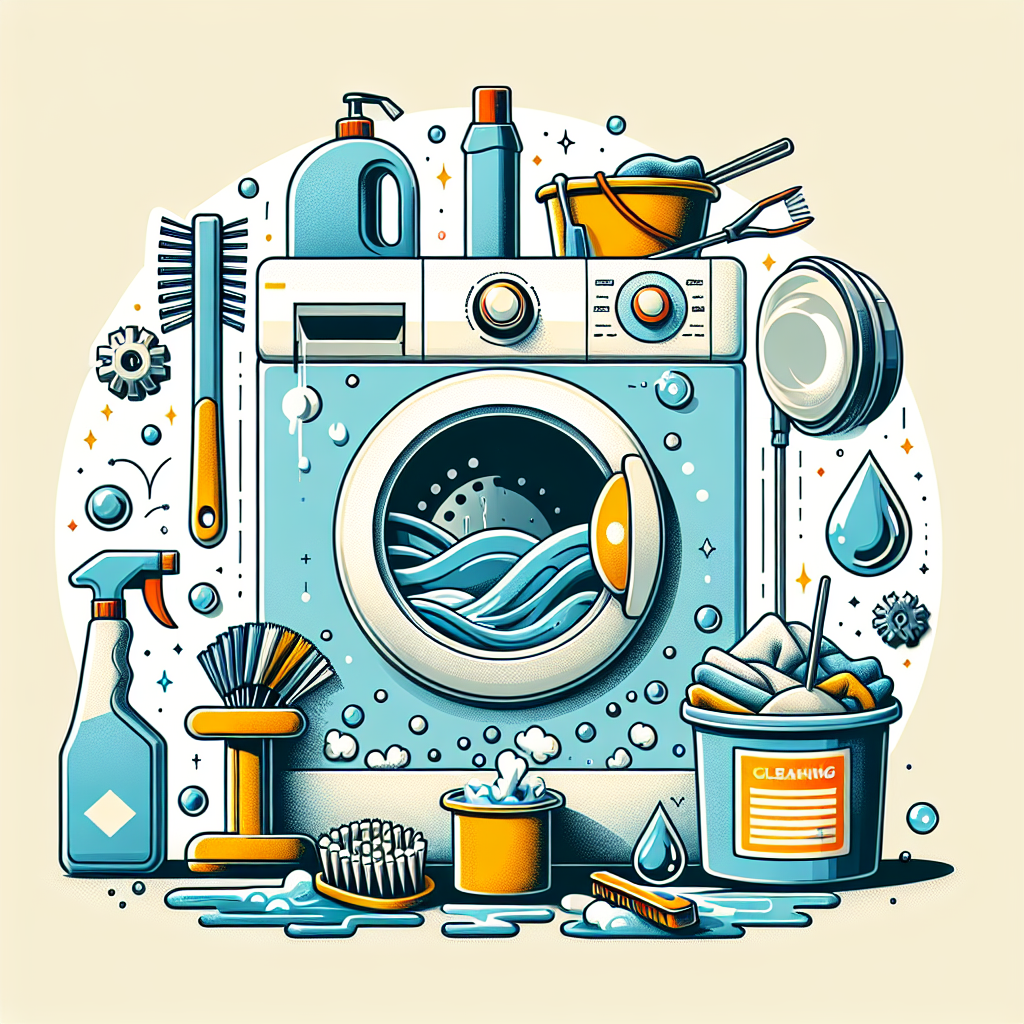If you want to keep your washing machine running smoothly and effectively, it’s essential to take proper care of it. From preventing odors to keeping it clean and efficient, maintaining your washing machine doesn’t have to be a daunting task. In this article, we will explore some simple yet effective tips to help you maintain your washing machine, ensuring that it operates at its best for years to come.
Cleaning the Exterior
Wiping Down the Machine
To keep your washing machine looking clean and presentable, it’s important to regularly wipe down the exterior. Use a damp cloth and a mild detergent to gently remove any dust, dirt, or grime that may have accumulated. Pay special attention to areas that often come into contact with dirty hands, such as the control panel and the door handle. By regularly wiping down the machine, you not only keep it looking good but also prevent the transfer of dirt and bacteria onto your freshly cleaned clothes.
Cleaning the Control Panel
The control panel of your washing machine can gather dirt and dust over time, which can affect its performance and make it harder to read the settings. To clean the control panel, first, ensure that the machine is switched off and unplugged. Then, use a soft cloth or sponge dipped in a mixture of mild detergent and warm water to gently wipe the panel. Avoid using harsh chemicals or abrasive materials that could scratch the surface. Once clean, dry the control panel thoroughly before using the machine.
Removing Stains and Residue
Sometimes, stains and residue can accumulate on the exterior of your washing machine, particularly around the detergent dispenser and the door seal. To remove these, start by wiping down the affected areas with a cloth dampened with warm water and mild detergent. For stubborn stains, you can use a non-abrasive cleaner specifically designed for washing machine surfaces. Be sure to rinse off any cleaning products thoroughly to prevent them from coming into contact with your clothes during the next wash cycle.
Cleaning the Drum
Removing Lint and Debris
Lint and debris can accumulate on the inside of your washing machine drum over time, which can affect its performance and lead to clogs. To remove lint and debris, start by emptying the drum and giving it a thorough inspection. Use a lint brush or a soft cloth to gently wipe away any visible lint or debris. For a more thorough clean, you can run an empty cycle with hot water and vinegar. This will help dissolve any build-up and eliminate odors, leaving your drum fresh and clean.
Treating Mold and Mildew
Mold and mildew can sometimes develop inside the washing machine drum, particularly if moisture is left trapped or if the machine is not properly ventilated. To treat mold and mildew, start by running a hot water cycle with a cup of bleach. This will help kill any existing mold and prevent it from spreading. After the cycle is complete, leave the door of the machine open to allow air circulation and prevent moisture build-up. Regularly cleaning and drying your washing machine drum will help prevent the growth of mold and mildew.
Preventing Odors
Odors can occur in your washing machine due to the build-up of bacteria or detergent residue. To prevent odors, make sure to leave the door of your machine open between washes to allow for air circulation and drying. Additionally, regularly cleaning the drum and using the right amount of detergent can help minimize odors. If odors persist, you can run an empty cycle with hot water and vinegar or use a washing machine cleaner specifically designed to tackle odor-causing bacteria.

Maintaining the Detergent Dispenser
Regular Cleaning
The detergent dispenser of your washing machine can become a breeding ground for bacteria and residue build-up. To maintain the detergent dispenser, remove it from the machine (consult your user manual for specific instructions) and rinse it under warm water. Use a soft brush or cloth to remove any residue or debris. If necessary, you can soak the dispenser in warm water and mild detergent to help loosen stubborn build-up. Once clean, thoroughly dry the detergent dispenser before placing it back in the machine.
Unclogging the Dispenser
Sometimes, the detergent dispenser may become clogged with residue, preventing the proper flow of detergent into the drum. To unclog the dispenser, remove it from the machine and inspect the openings for any blockages. Use a small brush or toothbrush to gently remove any clogs or build-up. In some cases, you may need to soak the dispenser in warm water and vinegar to dissolve stubborn residue. Regularly cleaning and unclogging the detergent dispenser will ensure that your detergent is dispensed correctly during each wash cycle.
Preventing Build-up
To prevent build-up in your detergent dispenser, it’s important to use the right amount of detergent for each load. Follow the manufacturer’s instructions on the detergent packaging to ensure you’re using the correct dosage. Using too much detergent can lead to excess residue build-up, while using too little may not effectively clean your clothes. Additionally, consider using powdered detergent rather than liquid, as liquid detergents can sometimes leave behind more residue. By preventing build-up, you can maintain the efficiency and effectiveness of your washing machine.
Inspecting and Cleaning the Filters
Locating the Filters
Most washing machines have filters that help prevent larger debris from entering the drain or water supply. The location of the filters can vary depending on the model, so refer to your user manual for specific instructions. Common filter locations include the back of the machine, near the water hoses, or inside the drum. Once you’ve located the filters, you can proceed with inspecting and cleaning them.
Checking for Debris
Regularly checking the filters for debris is essential to ensure the proper functioning of your washing machine. Start by removing the filters from their housing and inspect them for any visible debris such as lint, coins, or small objects. Use a soft brush or toothbrush to gently remove any debris that may be stuck. If the filters are excessively dirty or damaged, consider replacing them with new ones to maintain optimal performance.
Cleaning or Replacing Filters
Depending on the type of filter your washing machine has, you may be able to clean and reuse them, or you may need to replace them periodically. For reusable filters, rinse them under warm water and use a mild detergent if necessary to remove any residue or build-up. Allow the filters to dry completely before reinstalling them. If your machine has disposable filters, consult the user manual or contact the manufacturer to find out how often they should be replaced. Regularly inspecting, cleaning, and replacing the filters will help prevent clogs and ensure the efficient operation of your washing machine.
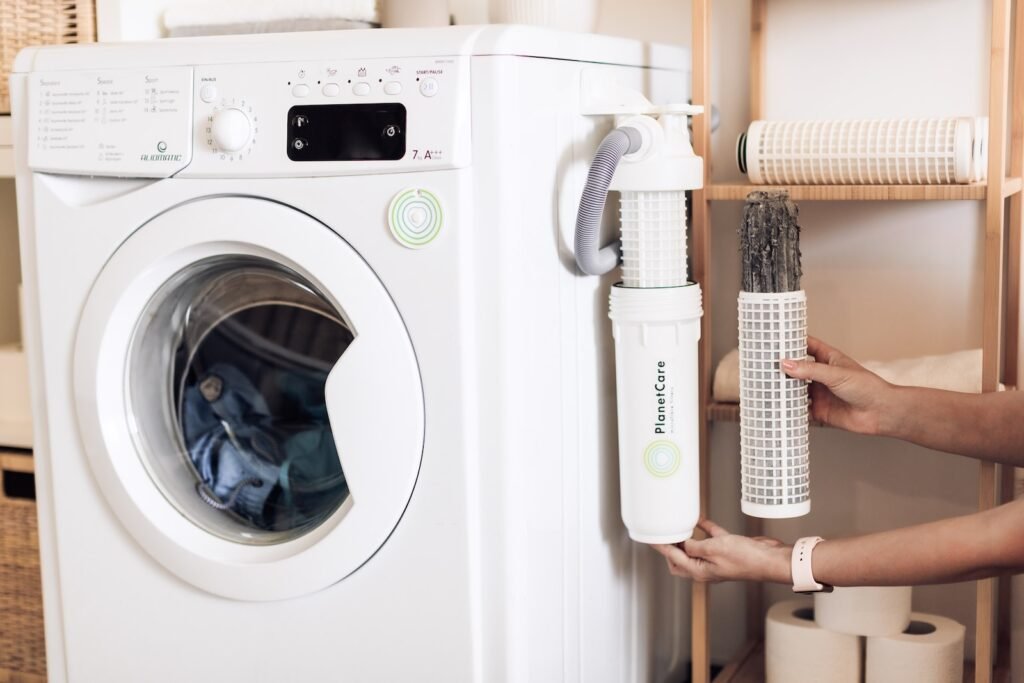
Managing the Water Supply
Checking Hoses and Connections
Periodically checking the hoses and connections of your washing machine is important to ensure a consistent water supply and prevent leaks or bursts. Start by inspecting the hoses for any signs of wear, such as cracks or bulges. If you notice any damage, replace the hoses immediately to prevent water leakage. Additionally, check the connections between the hoses and the water supply valves to ensure they are secure and not leaking. If you find any leaks or loose connections, tighten them or replace the faulty parts as needed.
Cleaning the Inlet Screens
The inlet screens, located inside the water inlet valve on the back of your washing machine, can become clogged with debris over time. This can restrict water flow and affect the performance of your machine. To clean the inlet screens, first, turn off the water supply and unplug the machine. Then, remove the hoses from the water inlet valve and inspect the screens for any debris. Rinse the screens under running water to remove any build-up, or use a soft brush to gently scrub them. Once cleaned, reattach the hoses and turn on the water supply to resume normal operation.
Monitoring Water Pressure
Monitoring the water pressure of your washing machine is essential for optimal performance and to prevent damage. If the water pressure is too low, it can prolong the wash cycle and affect the cleaning efficiency. Conversely, if the water pressure is too high, it can put unnecessary strain on the machine, increasing the risk of leaks or bursts. To monitor the water pressure, ensure that the water supply valves are fully open and that the hoses are not kinked or twisted. If you notice any issues with water pressure, contact a professional plumber to assess and adjust the water supply accordingly.
Maintaining the Drain Pump
Clearing Blockages
The drain pump of your washing machine is responsible for removing water from the drum at the end of the wash cycle. Over time, the pump can become clogged with lint, debris, or even small objects left in pockets. To maintain the drain pump, start by unplugging the machine and locating the pump (typically found at the bottom of the machine, near the drain hose). Carefully remove any visible blockages, using gloves or a pair of tweezers. Once cleared, run a short wash cycle to ensure the pump is working properly.
Checking for Leaks
Regularly checking for leaks from the drain pump is important to prevent water damage and ensure the efficient operation of your washing machine. Inspect the area around the drain pump for any signs of leakage, such as water stains or pooling water. If you notice any leaks, carefully tighten any loose connections or replace faulty parts as necessary. Ignoring leaks can lead to more severe damage over time, so addressing them promptly is essential for maintaining the longevity of your washing machine.
Replacing the Pump
In some cases, the drain pump may become damaged or worn out and need to be replaced. Signs of a faulty pump can include excessive noise, water not draining properly, or persistent leaks. If you suspect that the drain pump is the issue, consult your user manual or contact the manufacturer for guidance on how to replace it. Depending on your comfort level and experience with appliance repairs, you may choose to replace the pump yourself or hire a professional to ensure a proper installation. Regular maintenance and prompt replacement of a faulty drain pump are crucial for the efficient operation of your washing machine.
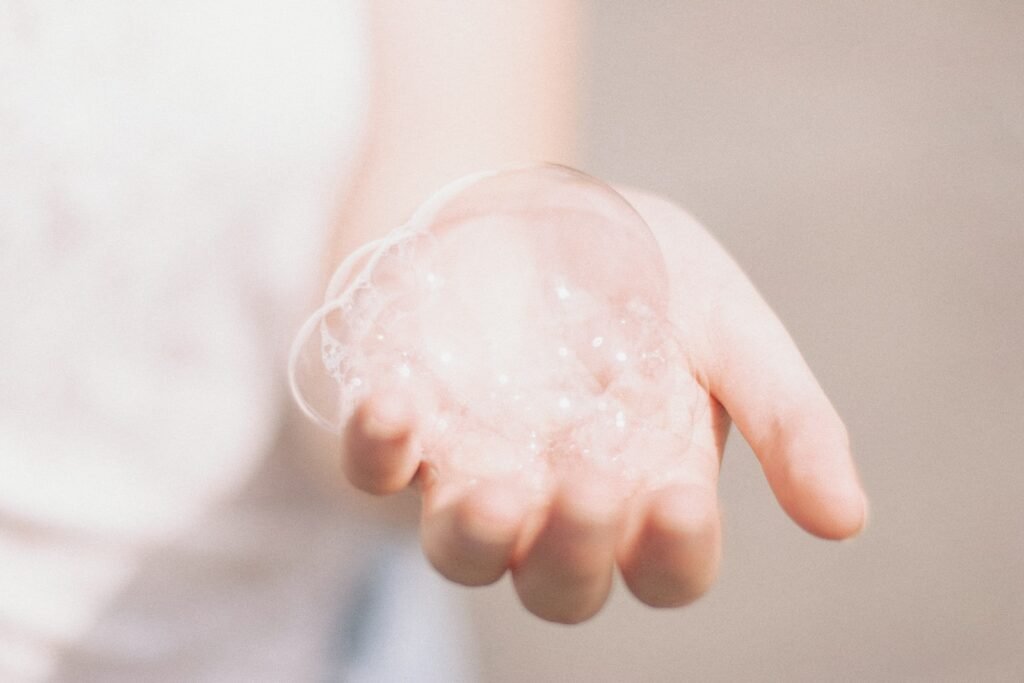
Keeping the Door Seal Clean
Removing Debris
The door seal, also known as the gasket, of your washing machine is prone to collecting lint, hair, and other debris. This can lead to an unpleasant odor and may even affect the seal’s effectiveness. To remove debris from the door seal, start by wiping it down with a cloth dampened with warm water and mild detergent. Pay special attention to the folds and crevices of the seal, as these areas tend to trap debris. For stubborn residue, you can use a toothbrush or sponge to gently scrub the seal. Once clean, thoroughly dry the door seal to prevent the growth of mold or mildew.
Preventing Mold Growth
Mold can sometimes develop on the door seal of your washing machine, especially if it remains damp for extended periods. To prevent mold growth, leave the door of your machine open between washes to allow for air circulation and drying. Additionally, after each load, use a dry cloth or towel to wipe down the door seal and remove any excess moisture. This will help maintain a clean and mold-free seal, ensuring the longevity of your washing machine.
Using Seal Conditioner
To further protect and maintain the door seal of your washing machine, consider using a seal conditioner. Seal conditioners are specifically formulated to keep the rubber seals soft and prevent them from drying out or cracking. Follow the manufacturer’s instructions for proper application, and be sure to use a seal conditioner that is compatible with your washing machine model. Regularly using a seal conditioner can help prolong the life of the door seal and prevent costly repairs or replacements.
Using the Right Detergent
Choosing the Correct Detergent
Using the right detergent for your washing machine is essential for proper cleaning and maintenance. Different types of machines may require different types of detergent, so it’s important to check the manufacturer’s recommendations or consult the user manual. If you have a high-efficiency (HE) washing machine, be sure to use a detergent specifically formulated for HE machines. Using the correct detergent will not only ensure effective cleaning but also help prevent residue build-up in your washing machine.
Avoiding Overloading
Overloading your washing machine can put unnecessary strain on the drum, motor, and other internal components. It can also result in less effective cleaning and potentially even damage your clothes. To avoid overloading, follow the manufacturer’s recommendations for load capacity or consult your user manual. Additionally, make sure to distribute the load evenly in the drum, and never pack it too tightly. By avoiding overloading, you will not only extend the lifespan of your washing machine but also achieve optimal cleaning results.
Preventing Soap Residue
Soap residue can build up in your washing machine over time and lead to a variety of issues, including reduced cleaning effectiveness and the potential for foul odors. To prevent soap residue, avoid using more detergent than necessary for each load. Follow the dosing instructions on the detergent packaging, and adjust the amount based on the load size and soil level. Additionally, periodically run an empty cycle with hot water and vinegar or a washing machine cleaner specifically designed to remove residue. This will help break down any accumulated residue and keep your washing machine performing at its best.
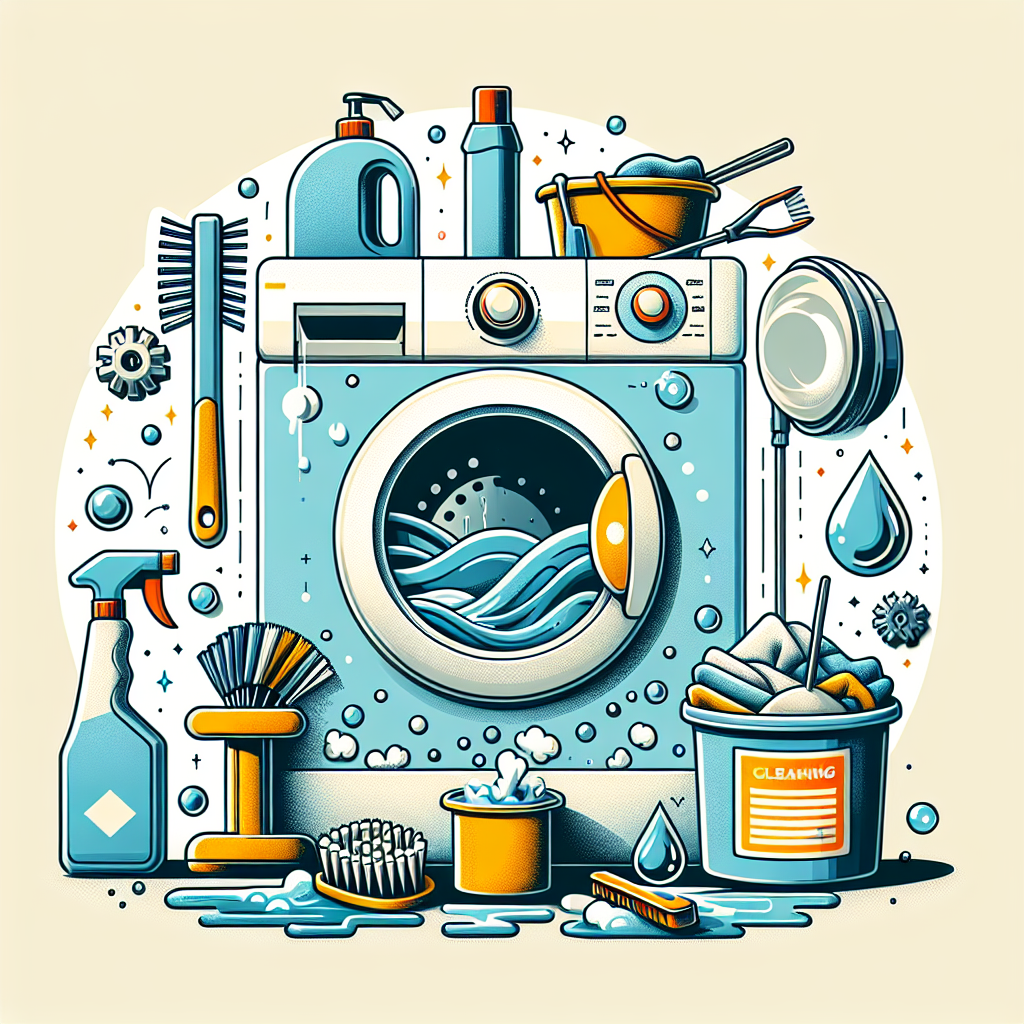
Avoiding Overloading
Not Stuffing the Drum
As mentioned earlier, overloading your washing machine can lead to various problems. Stuffing the drum with too many clothes can hinder proper water flow and agitation, resulting in less effective cleaning. It can also put excessive strain on the drum, motor, and other components, potentially causing damage. To avoid overloading, always leave enough space in the drum for the clothes to move freely during the wash cycle. This will ensure optimal cleaning results and protect the longevity of your washing machine.
Balancing the Load
Balancing the load in your washing machine is crucial to prevent excessive vibrations and minimize wear and tear. When loading the machine, distribute the clothes evenly around the drum to maintain balance. This will help prevent the machine from bouncing or moving excessively during the spin cycle, which can be both noisy and potentially damaging. If you notice that your machine is consistently unbalanced, pause the cycle and adjust the load manually. By properly balancing each load, you’ll promote the efficient operation of your washing machine and reduce the risk of damage.
Separating Heavy and Delicate Items
When doing laundry, it’s important to separate heavy and delicate items to avoid potential damage. Heavy items such as towels, jeans, or blankets can be rough on delicate fabrics and may cause tears or excessive wear. To prevent this, sort your laundry before loading the washing machine, placing heavy items in one load and delicate items in another. This will help protect your clothes and prolong their lifespan. Additionally, separating heavier and lighter items can help maintain the balance of the load and prevent overloading.
Scheduled Maintenance
Periodic Deep Cleaning
In addition to regular cleaning, it’s a good idea to perform periodic deep cleaning of your washing machine. This involves running a cycle with hot water and vinegar or a specialized washing machine cleaner. This helps remove any lingering odors, residue, or mold that may have built up over time. Follow the product instructions or consult your user manual for the recommended frequency of deep cleaning. By performing scheduled deep cleaning, you’ll ensure that your washing machine continues to function optimally and keep your clothes clean and fresh.
Following Manufacturer’s Instructions
To properly maintain your washing machine, it’s vital to follow the manufacturer’s instructions for operation, care, and maintenance. These instructions can provide valuable guidance specific to your machine’s make and model. Pay attention to recommended cleaning procedures, load capacities, and special features. If you no longer have the user manual, most manufacturers provide downloadable versions on their websites. By adhering to the manufacturer’s instructions, you’ll maximize the lifespan of your washing machine and avoid unnecessary problems.
Regular Inspection and Maintenance
Regularly inspecting your washing machine and performing basic maintenance tasks can help catch any issues before they escalate. Check for leaks, unusual noises, or signs of damage during each use. If you notice anything out of the ordinary, consult your user manual or contact the manufacturer for guidance on how to address the issue. Additionally, keep up with routine tasks such as cleaning the drum, checking filters, and managing the water supply. By staying proactive and attentive to your washing machine’s condition, you can prevent major malfunctions and ensure consistent performance.
By following these maintenance practices, you can keep your washing machine in excellent condition for years to come. Regular cleaning and upkeep will not only prolong its lifespan but also improve the efficiency, effectiveness, and longevity of your washing machine. By dedicating a little time and effort to its maintenance, you can enjoy clean, fresh clothes and a hassle-free laundry experience. Happy washing!
